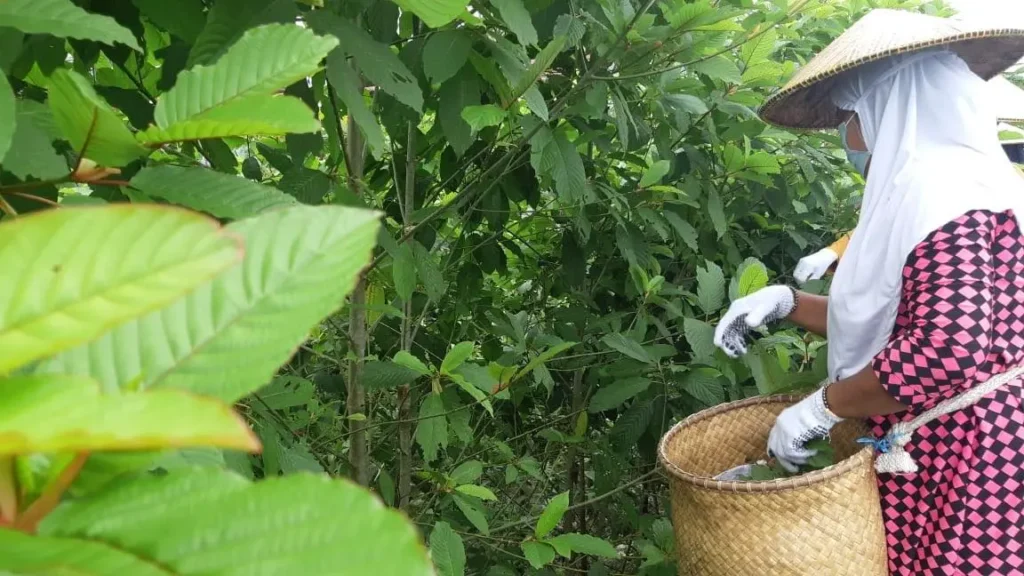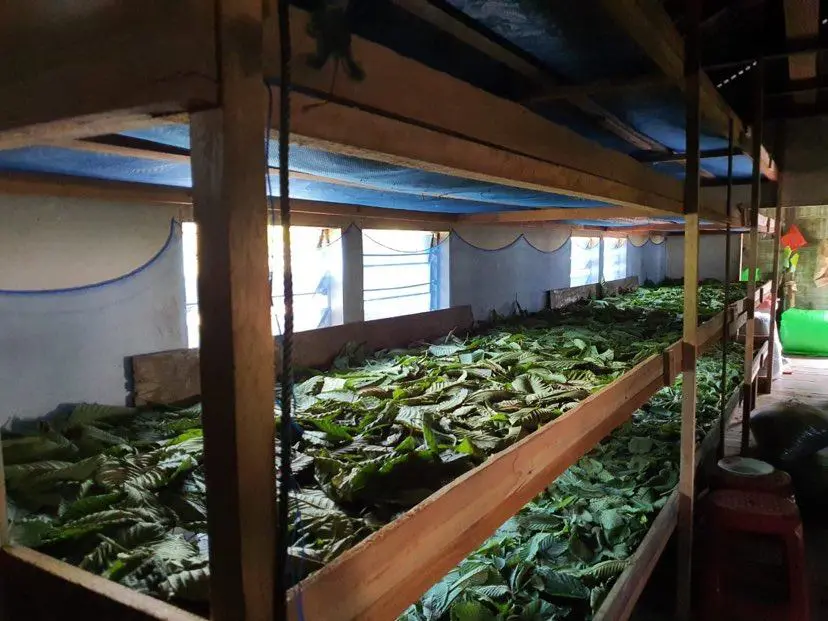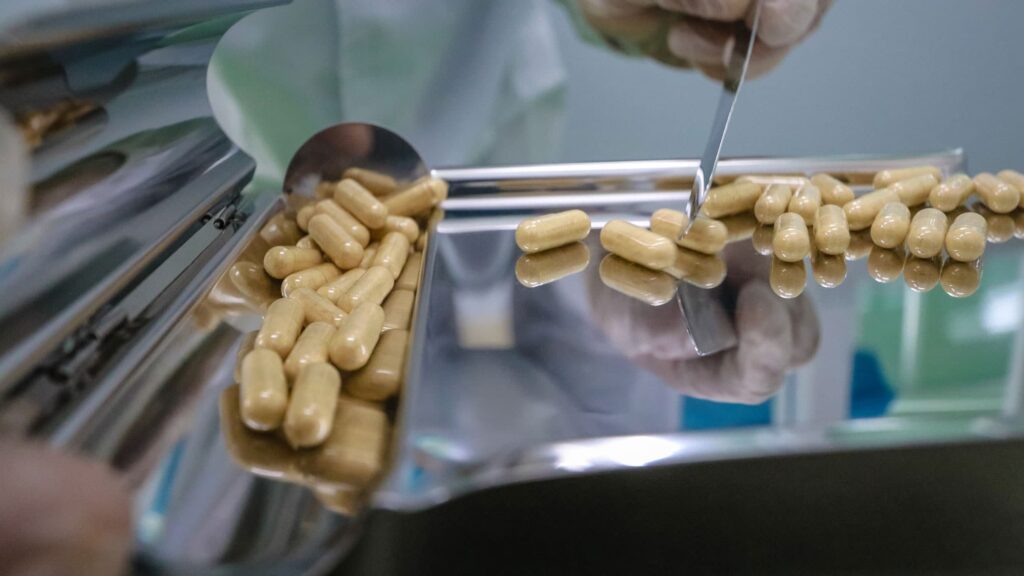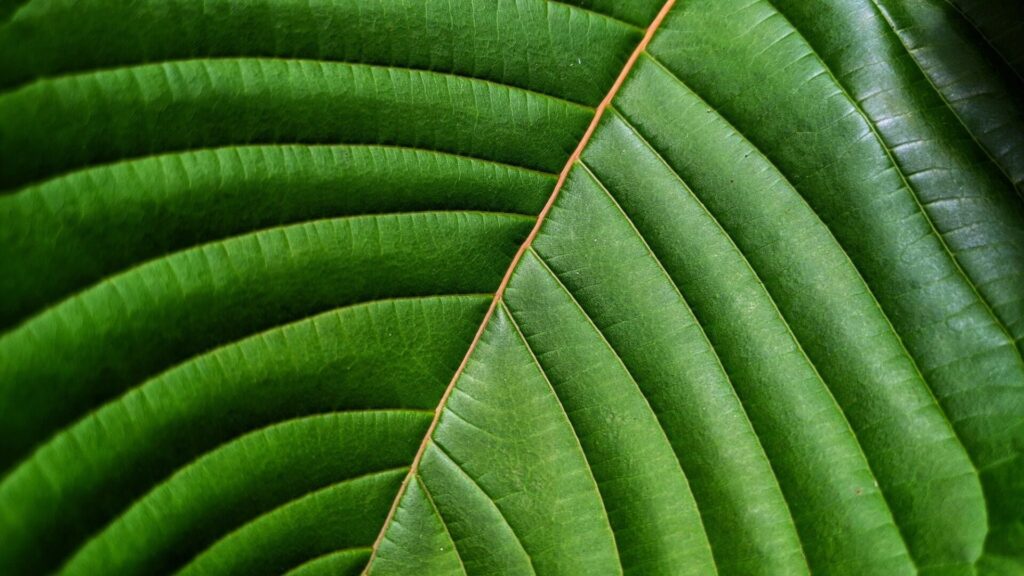Climate change is a major issue amongst the newer generation. Several things need to be changed about how humans treat the green planet before the threat that climate change and environmental problems are posing can be eliminated. It is important to change our approach regarding how we treat the Earth and its resources. Otherwise, the planet would not be fit for healthy survival, and the natural resources would be depleted.
Agriculture is a practice that provides the growing population of the planet with the food it needs. However, when done unethically, several agriculture practices places pressure upon the natural resources of the planet. Therefore, it acts as a major stress factor and can push the scales of climate change for the worst.
Mitragyna Speciosa, better known as Kratom in the Botanical and Herbal crowd, has grown in popularity significantly over the past years. This popularity has created an increase in the demand for the substance. This increase in demand results in larger stress on farmers and cultivators to provide and procure more Kratom over a short period. However, Kratom farming is currently one of the most sustainable forms of agriculture all over the world. If you are worried about Kratom agriculture\’s status today and wonder how it would look like in the future, we are here to tell you all you need to know.

What is sustainable farming?
As the name suggests, sustainable farming is the type of agriculture that poses no harm to the natural food chains and the environment. Sustainable farming helps maintain biodiversity, but it also helps in replenishing the nutrients and resources that have been lost. If agricultural practices are not sustainable, they can cause several problems like salinity and water-logging. Furthermore, the unethical practices of farming often strip the soil of its natural nutrients and results in deforestation and desertification of previously fertile land.
Sustainable farming is very important. At this point in the world\’s climate crisis, every agricultural industry and sector must adopt sustainable means of cultivation and farming. These practices will ensure that the Earth\’s soil does not run out of nutrients and resources required to produce our food and maintain our global food requirements.
These type of sustainable agricultural practices are very important when it comes to kratom. The plant needs delicate care and natural factors to grow perfectly. Using unethical farming practices or trying to speed up the growing process through unsustainable means can be counterproductive. These practices can destroy both the environment as well as the natural alkaloid concentration of these plant leaves.
How can Kratom farming become unsustainable?
Some customers are concerned that the growing demand for Kratom can result in a change in agricultural practices. Kratom agricultural will become unsustainable if there is the integration of harmful pesticides and fertilizers in the soil that grows these trees. Furthermore, any practices adopted to boost the yield of Mitagynine unnaturally can strip the temperate soils of their nutrients and create a yield of plants that do not contain the regulated and balanced alkaloids.
It is important to follow sustainable practices when farming kratom because it is necessary for both the earth and a great plant yield. If a farmer employs unsustainable agriculture to get a higher yield, the farmer is using counterproductive methods. Moreover, they are also disrespecting the noble profession of a farmer.
The origin of Kratom farming
Mitragyna speciosa is a famous plant that belongs to the mint family. It is indigenous to the Southeast Asian countries of the world, including Malaysia, Indonesia and Thailand. The farmers belonging to this region give great respect to the Earth and the soil. They treat their profession as a way of life. Not only are they growing food for the masses, but they are also making sure that their practices are ethical and not harmful to the Earth.
The Kratom farmers belonging to this region make sure that they do not hinder or interfere with the Earth\’s natural Kratom growth. Experienced farmers of this region cultivate their Mitragyna from the best trees that are already naturally growing. Moreover, these trees grow within the natural forests of the Southeast Asian temperate region. There is no deforestation or clearing of animal habitat done to create space for the trees being grown. These farming practices have been followed for a long time and are passed on from generation to generation. It is crucial for these farmers that their traditions are respected and continued by the coming generation.
What factors come into play to make Kratom farming sustainable?
Many customers wonder how the farmers of Kratom have been able to keep up with their sustainable farming practices. The demand for the substance is increasing tremendously, and there is a constant need to increase the supply as well. However, trusted and experienced farmers of Mitragyna understand the expertise, care and attention to detail required to cultivate the best strains of Kratom.
Furthermore, many factors play a role in the sustainable farming of Mitragyna. Anything other than these sustainable practices will have a counterproductive effect on the final yield of the product. Therefore, it is important to carry out the farming and procuring of Kratom in a sustainable manner because of the following factors:
The growing requirements of the plant
The best Kratom products come from mature trees of Mitragyna. As the plant belongs to the family of evergreens, they continue to age and grow throughout the year. However, it takes at least twenty years before a Kratom plant is ready for procuring Mitragyna leaves from it for industrial manufacturing.
Furthermore, the bigger leaves are selected by the farmers to export to manufacturing units. Therefore, the newer leaves are left undisturbed to be selected for the next batch. This cycle continues and results in a regular yield of Mitragyna from mature trees. These mature trees continue to provide us with alkaloid-rich leaves. Therefore, no clearing of land for the planting of new trees is necessary.
Moreover, the best Kratom leaves with the highest alkaloid content grow in completely natural conditions. Hence, to grow the best Kratom, farmers need to shun artificial pesticides, fertilizers and herbicides. Just leaving the Mitragyna trees to nature is enough for them to prosper.
The alkaloid concentration
The Kratom leaves\’ alkaloid concentration will play a huge role in deciding the strain of these leaves. However, the alkaloid content is mostly decided by the growing conditions of the Mitragyna trees. These trees must grow in temperate and moist climates. For this reason, the best Kratom grows in Southeast Asia.
Several cultivators in the U.S have tried to grow Kratom under artificial conditions and add fertilizers to make up for the nutrients. However, these American cultivators and vendors cannot replicate the quality of the Southeast Asian Mitragyna anywhere else. Quality trees need to grow in these natural and sustainable conditions.
No centralized farms
Mitragyna plants do not require centralized farms and clear lands to grow best. Ideally, Kratom trees grow amongst forestation and undergrowth. There are decentralized spots that farmers know where they have planted Mitragyna trees as clusters between the forests. This manner of growth does not require deforestation and also keeps the habitat of the species intact. No intricate plantation is needed for optimum quality Kratom. This factor helps in maintaining sustainable practices when it comes to farming and procuring.
Involving the public
Some vendors have started the initiative of involving the general public that lives close to the river banks and forest lands in their farming. This step is being employed to deal with the increasing demand for Mitragyna. People are being asked to allow farmers to plant and procure Kratom from their backyards and available land – provided they have the necessary growing conditions on their land. These people get a share of the profits, and so do the farmers. In this way, not only the economy is benefited, but the environment is protected as well.

What does the future hold for Kratom farming?
Mitragyna is gaining popularity by the day. It is important for farmers and vendors to create awareness regarding the importance of sustainable farming and its impacts on the greater good environment. However, at the same time, farmers need to develop sustainable methods to increase the yield of their Kratom. Otherwise, there will be a disturbance between the demand for the products and their available supply.
Choose a great vendor; support the environment
Vendor choice is very important if you are an avid supporter of climate protection and sustainable farming. Therefore, take the factors of sustainable farming and procuring into account before you make a purchase. A GMP certification usually means that a vendor procures and imports their Mitragyna using ethical farming practices. Several poor vendors tend to add fillers and fertilizers to their products to create a higher yield. This practice is detrimental to the health of the customer as well as the environment.
We at www.phoriakratom.com make sure that our suppliers are experienced and are farming through sustainable methods. Furthermore, our extensive testing and state-of-the-art manufacturing techniques ensure no artificial pesticides, flavors, or growth factors in the leaves we import. Place your orders with us today and play your part in supporting sustainable farming and climate protection.



